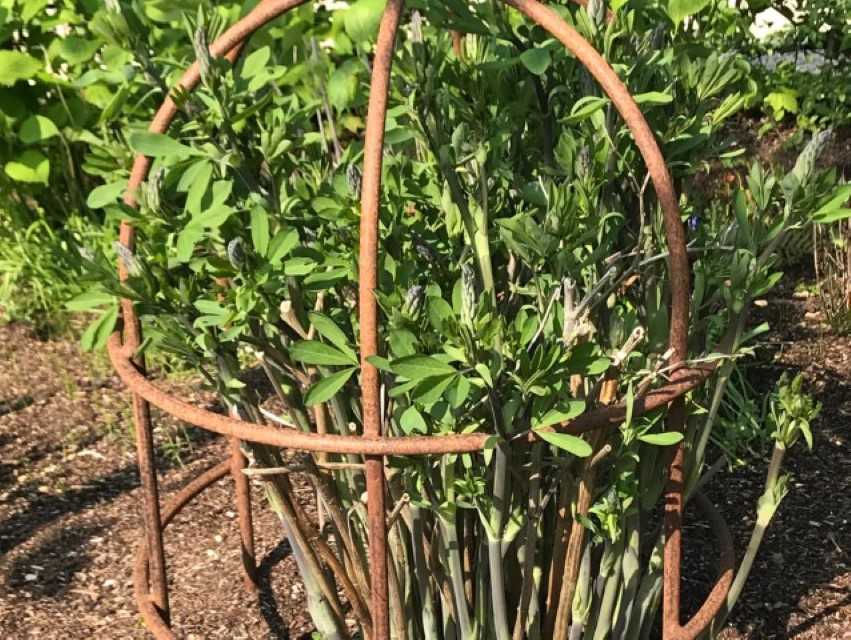
How to lift and divide herbaceous perennials
Lesley Ann Sandbach
Fig. 1: Baptesia australis has glorious deep lapis, pea-shaped flowers in late May and is growing through a small lobster pot
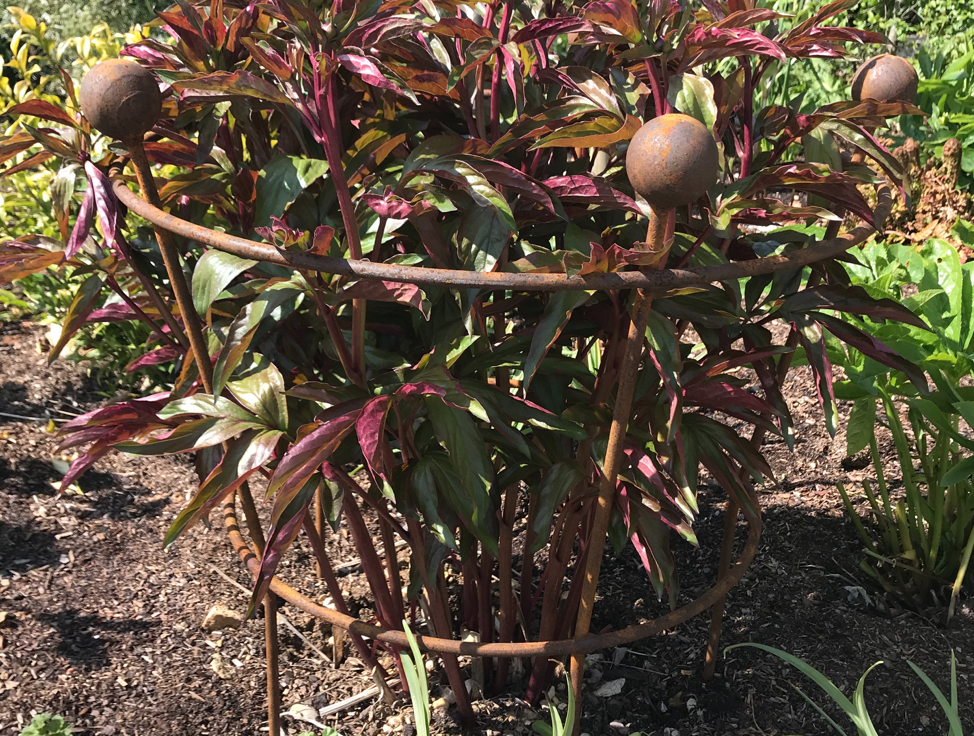
Fig. 2: Peony ‘White Wings’ in a Muntons tall 8mm peony support
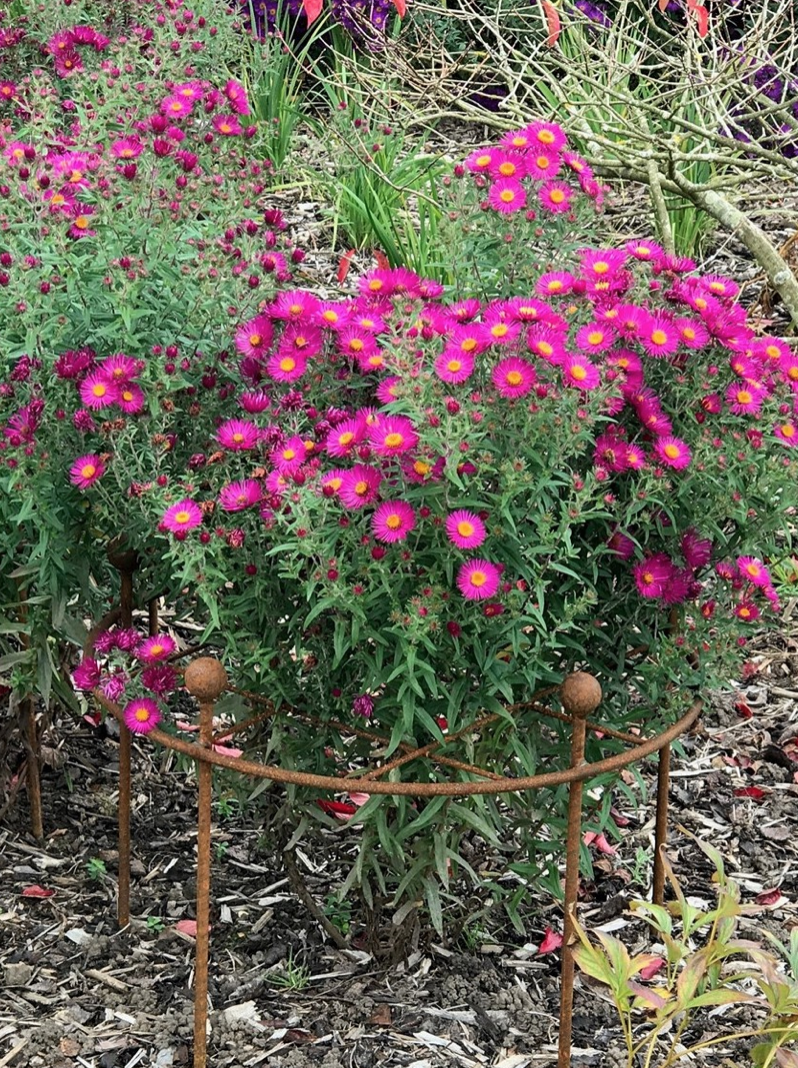
Aster novi belgii ‘Anneke’ looks stunning growing through large one-ring grids in the herbaceous borders at RHS Wisley.
Why should I divide my perennials?
Because most perennials form clumps as they mature and, eventually, outgrow their space or lose vigour. Dividing them will increase stocks (giving you free plants to put elsewhere or give away) and revive tired or poorly flowering plants ensuring that your garden has healthy, vigorous plants that will continue to perform well.
Most summer-flowering perennials can be divided while the soil is still warm October-December (as long as the weather is mild and not too wet) or March-May as the plants come into growth again.
Our favourite perennials (to which we apply the lift and divide technique every year!) include peonies and baptesia australis. Here they are in all their glory (below). For a passionate gardener there’s nothing better than creating something for nothing!
How do I lift and divide my perennials?
You will need:
-
2 garden forks or an old knife
-
Compost or soil improver. We use peat-reduced composts such as those from The Greener Gardener
-
A container to transfer the cuttings
In advance:
-
Dig a generous hole for each cutting – there should be plenty of room to spread the roots out
-
Fork a little compost or soil improver into the bottom
Getting down to it:
-
Loosen the soil round the plant and lift it carefully with as little damage to the roots as possible
-
Use 2 garden forks or an old knife to pull the plant into 2 or more sections, ensuring that each section has at least one growth tip or bud visible
-
Replant the sections as soon as possible taking care to plant them at the same level as the parent plant with their shoots above the surface of the soil
-
Mix in more compost or soil improver as you plant, taking care not to cover the crowns deeply (this is particularly true of peonies which hate to be planted too deeply or mulched)
-
Water them in well.
At this stage, it’s often useful to pop a plant support over the cutting so that you don’t put a fork through it while it is dormant and you’re not caught out come spring when it suddenly surges in size and starts to flop.
These are our favourites:
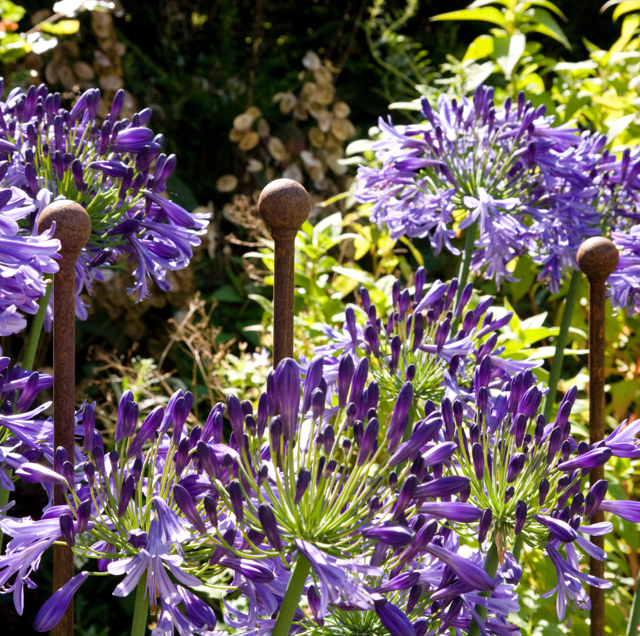
Stately agapanthus heads are supported by stakes

A one-ring support holds a new clump of phlox paniculata ‘Blue Paradise’
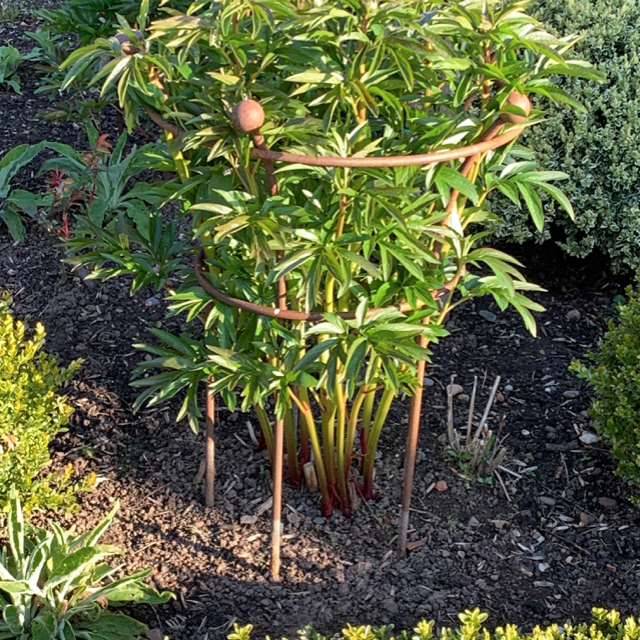
A peony ‘Coral Charm’ in its springtime surge of growth is supported by a 12mm ‘Jester’
Care of particular plants
Hostas and other small fibrous rooted plants can be pulled gently apart with your hands instead of using a knife.
Larger fibrous rooted plants, such as agapanthus or asters, need two garden forks inserted back-to-back near the middle of the plant. Push the handles back and forth gently so that the prongs tease the plant apart.
Plants with woody crowns, such as hellebores should be cut with a spade or knife. I use a Japanese hori-hori, which combines the virtues of a knife and trowel.
Some plants, such as sedums, form an outer ring with a bare centre. Take your cutting from the outer, more vigorous growth and discard the centre of the old crown.
Traditionally used for peonies, Muntons’ two-ring supports or ‘peony baskets’ are perfect for plants whose stems may snap in strong wind or rain, or flop under their own weight. In the Winter border they add structure.
A final word
If your herbaceous border has been looking a little unruly of late, then it might be a good time to invest in some sturdy plant supports.
Muntons one-ring supports are perfect for catmints or any small herbaceous plants that have a tendency to flop.

The winter garden with a variety of 8mm and 12mm peony supports
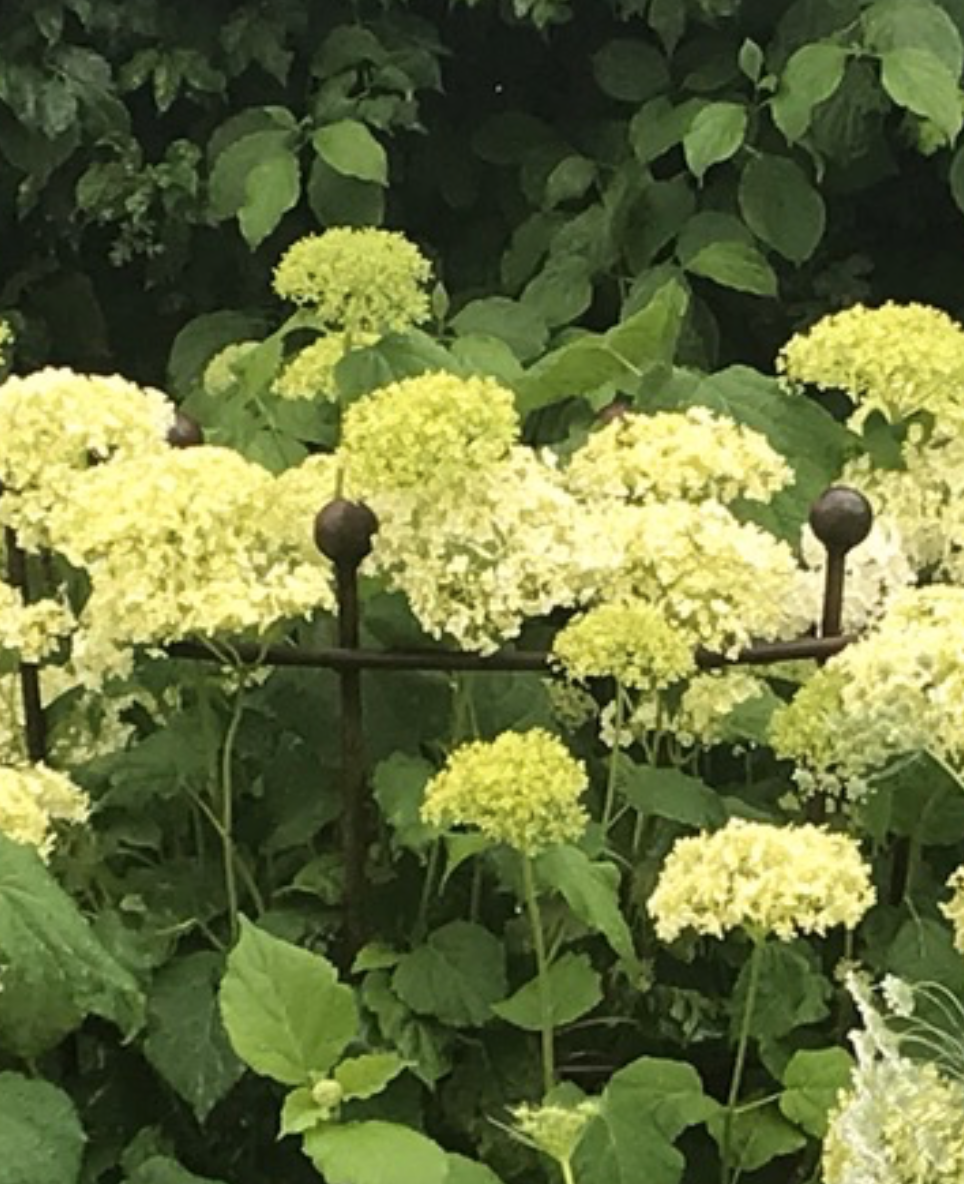
Wind and rain can quickly spoil the late summer glory of unruly hydrangeas (particularly Annabelle) and other tall perennials. Widely used at RHS Wisley, Muntons three-ring supports, the largest on the market, give enough support for even the tallest stems and hold flower heads upright.
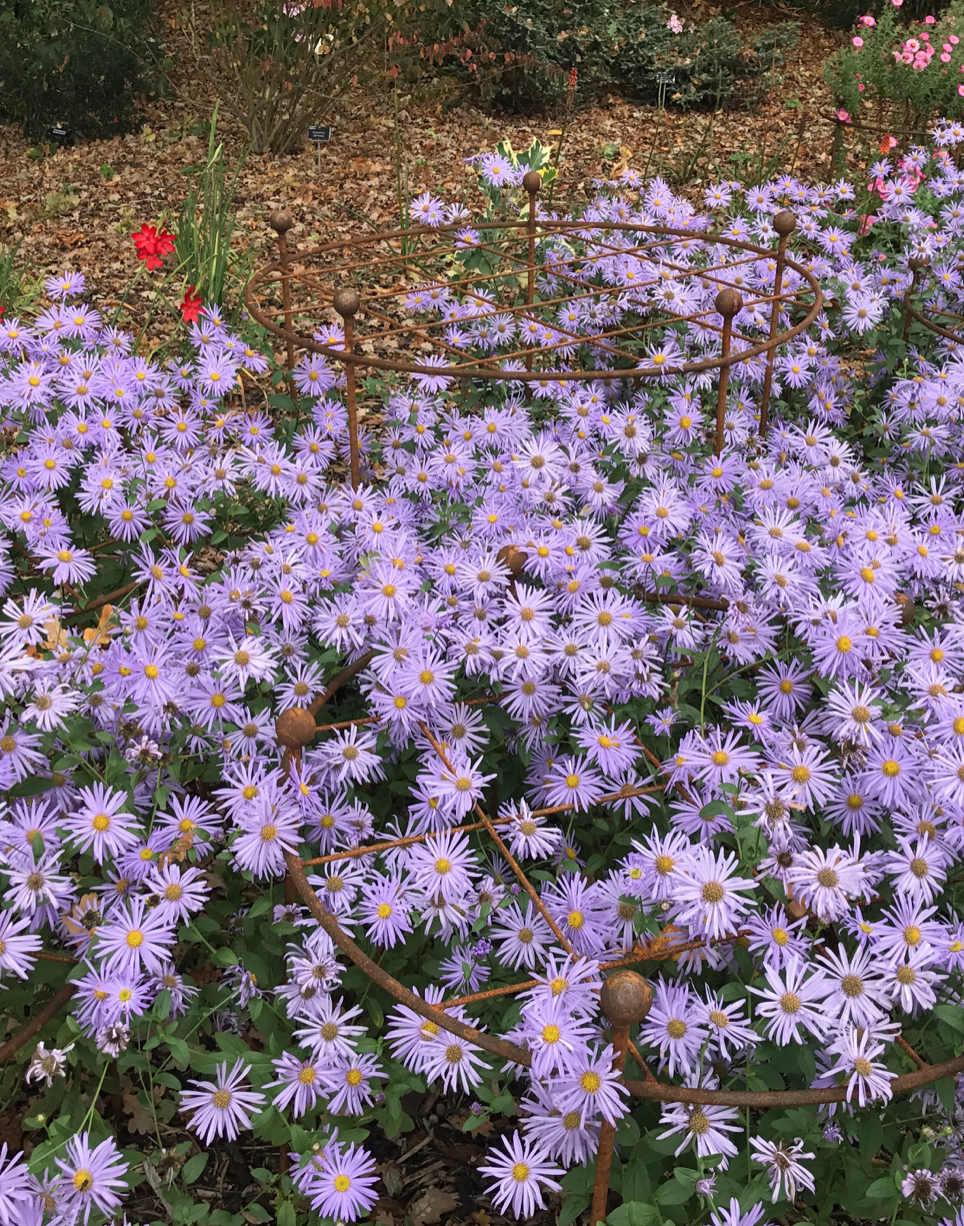
Aster frikartii ‘Monch’ in the herbaceous beds at RHS Wisley with a variety of two and three-ring supports with grids.
